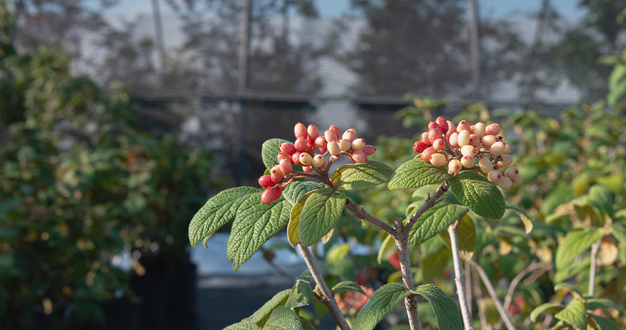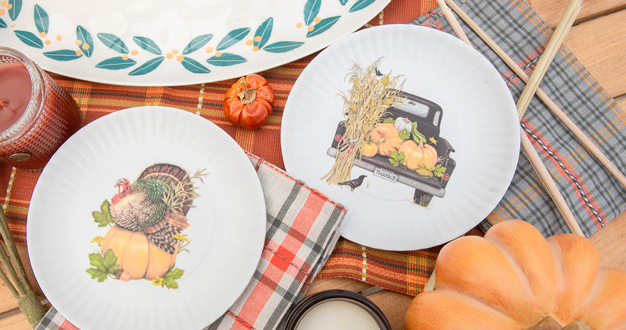
A landscape filled with layers of color and texture not only offers a beautiful view, but can bring added value for the local wildlife community too. From groundcovers to towering shade trees, each layer plays an important role, but unfortunately, that space in the middle – the fifteen- to forty-foot range – is often forgotten. And that’s a shame because the understory can be one of the most visually and ecologically interesting aspects of your outdoor space. Here we explore what makes the understory so special and share five of our favorite small trees for you to consider.
Why the Understory is Important
In the natural balance of a deciduous forest, plants occupy every level from the ground to seventy feet or more into the sky. The opportunities for food and shelter that come with this variety in height, foliage, bloom, and fruit in turn attracts a host of different insects, birds, mammals, and other wildlife to the forest. And the visual beauty in this natural, multi-tiered community is what makes a walk in the woods so appealing to us too.
In the landscape, understory trees can also screen out unwanted views, create private spaces to relax, and can work with taller trees and built structures to deepen the shade that lets us enjoy the outdoors in the summer. Very often, understory trees even provide year-round beauty in the form of spring flowers, summer foliage and berries, fall color, and winter interest too.
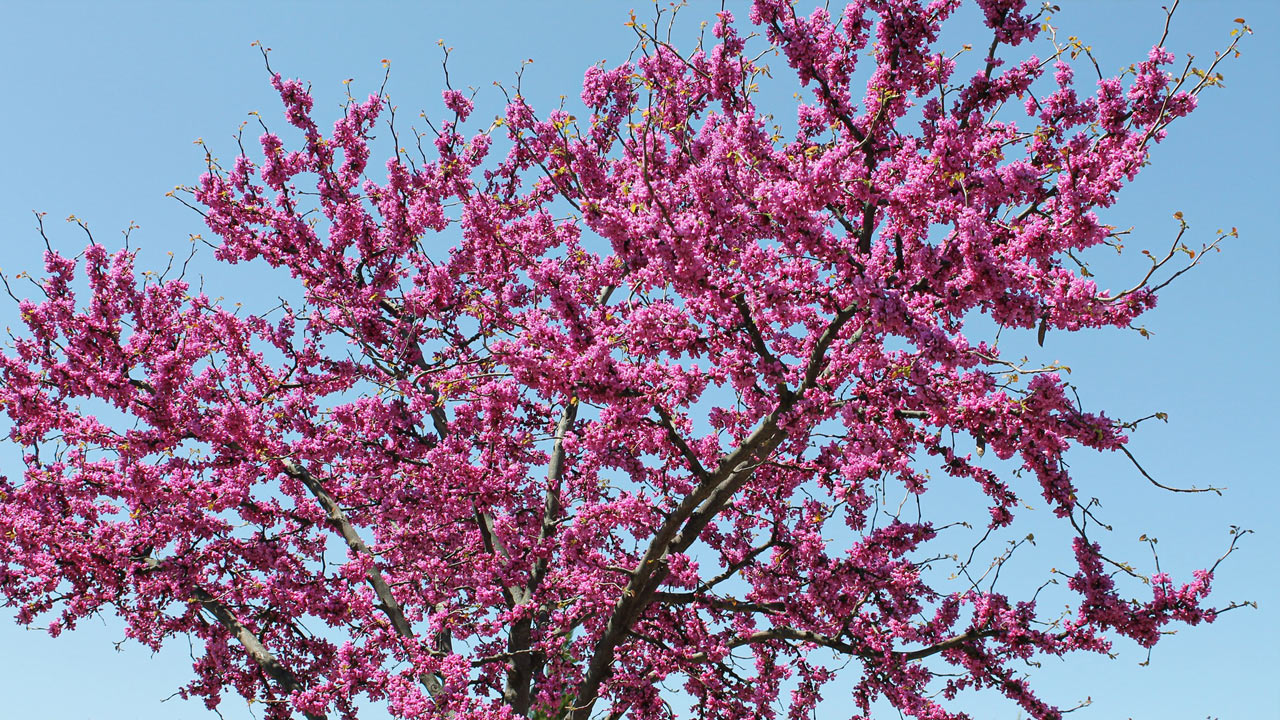
Eastern Redbud // Cercis canadensis
Eastern redbud is a welcome sign of spring in the Midwest. In April, tiny blooms appear before the foliage in a cloud of distinctive rose-pink color that contrasts with the dark branches. The entire effect is delicate – almost lacy – and makes redbud easy to pick out among the other spring-flowering trees. Butterflies and bees enjoy the early supply of nectar and pollen too.
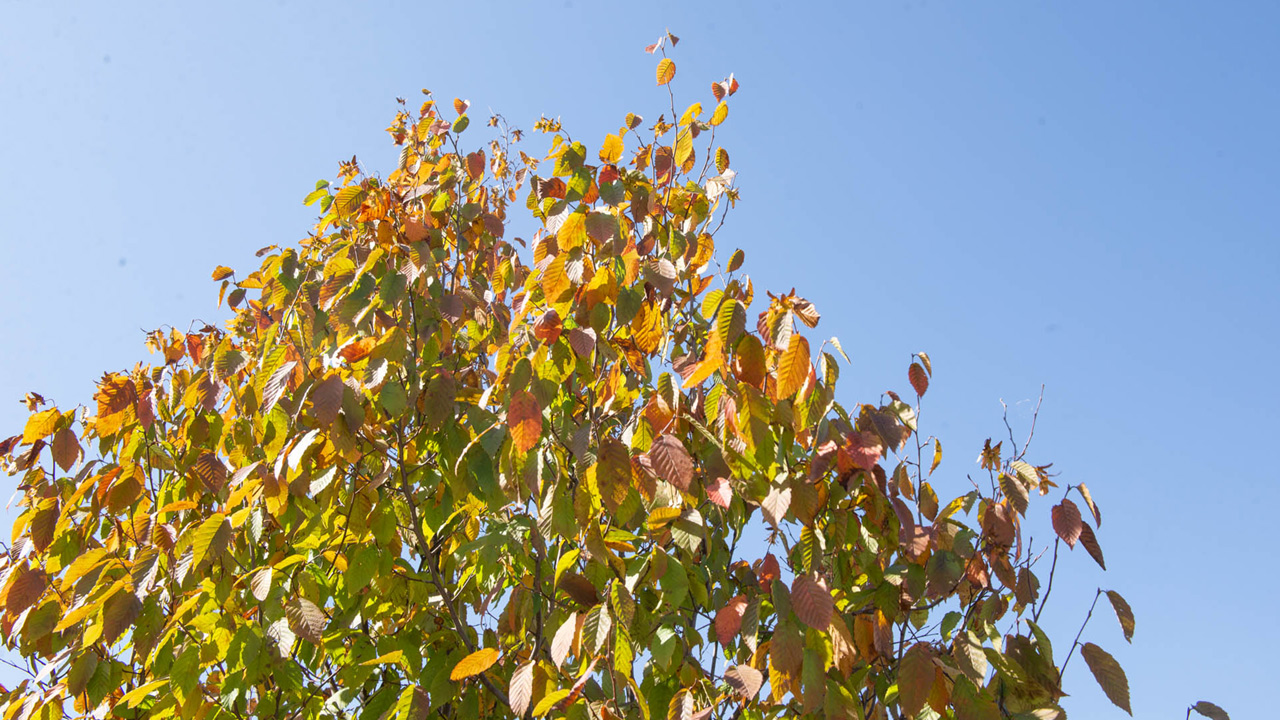
Hophornbeam // Ostrya virginiana
In the spring, if you’ve ever noticed a distinctive, birch-like tree with light green, cone-like fruits dangling from the branches, that’s hophornbeam – another native understory tree, sometimes known as ironwood. Each of the fruits is a layered cluster of inflated sacs holding a tiny nutlet and resembles the fruit of the hop plant, giving hophornbeam its common name. In the fall, hophornbeam displays shades of orange and yellow, and its shaggy, textured bark is interesting in the winter too.
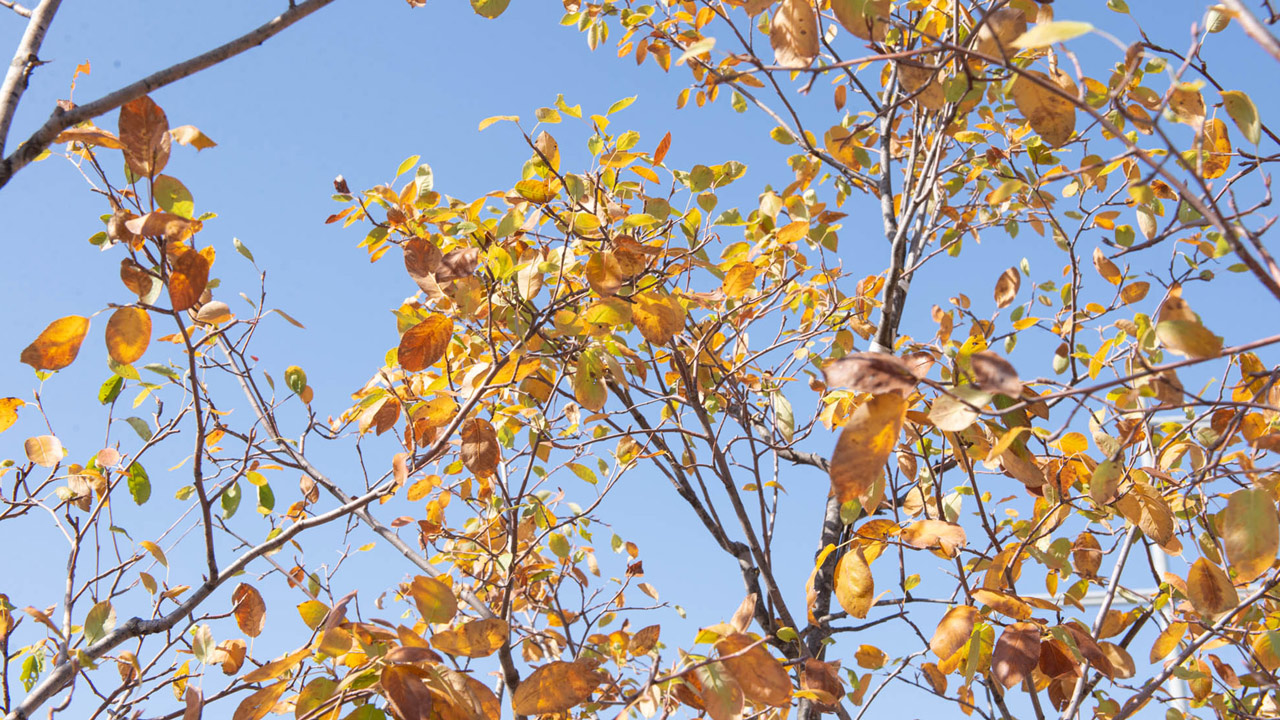
Serviceberry // Amelanchier spp.
Serviceberry is another native understory tree that has wide appeal in our planted landscapes. Fragrant clusters of white blooms appear in spring before the foliage followed by a generous crop of purplish-black berries that are great for jam-making or sprinkling on ice cream – if you can get to them before the birds do. Serviceberry’s brilliant orange foliage in the fall is another reason people love this beauty for their landscape.
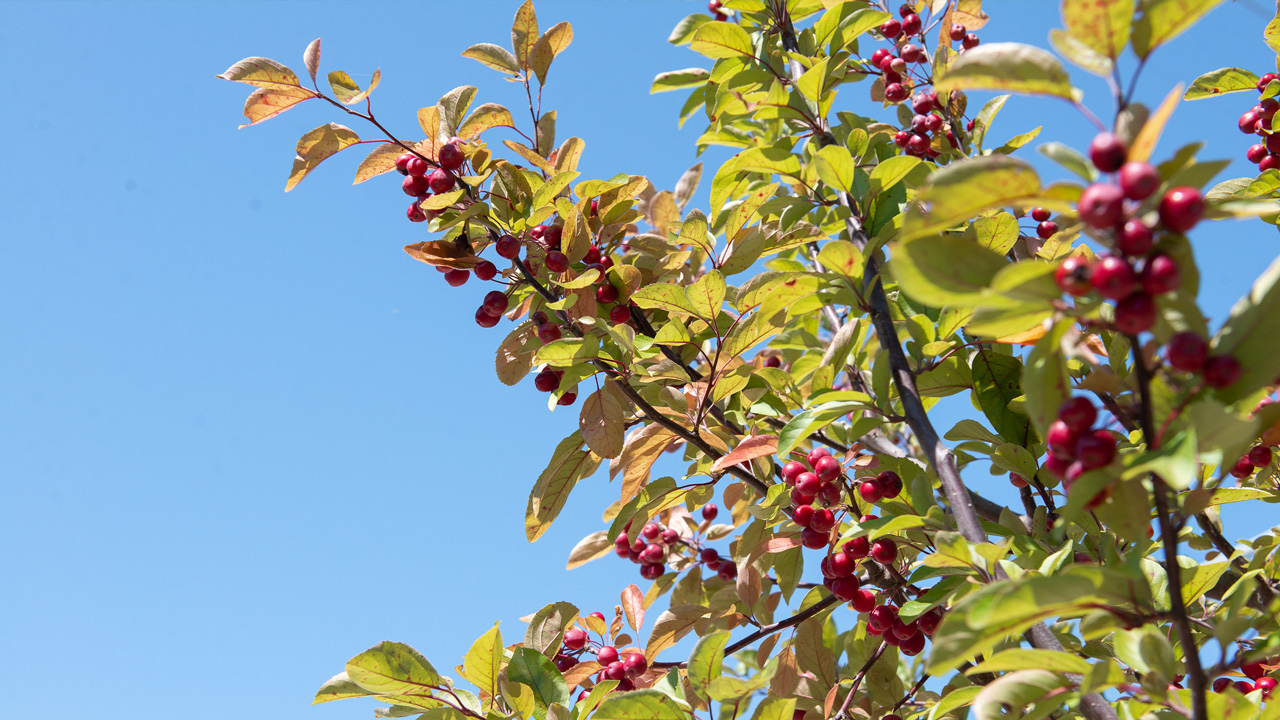
Crabapple // Malus spp.
In the spring, our urban forests explode in bright pink, magenta, purple, and white thanks to the amazing variety of blooms available from this group of beautiful ornamental trees. Bees, butterflies, and even hummingbirds relish the nectar and pollen in the spring, and as summer arrives, the birds enjoy a crop of tasty, brightly colored fruit that lasts well into winter. There are plenty of choices to pick from among the different foliage colors crabapples offer too.
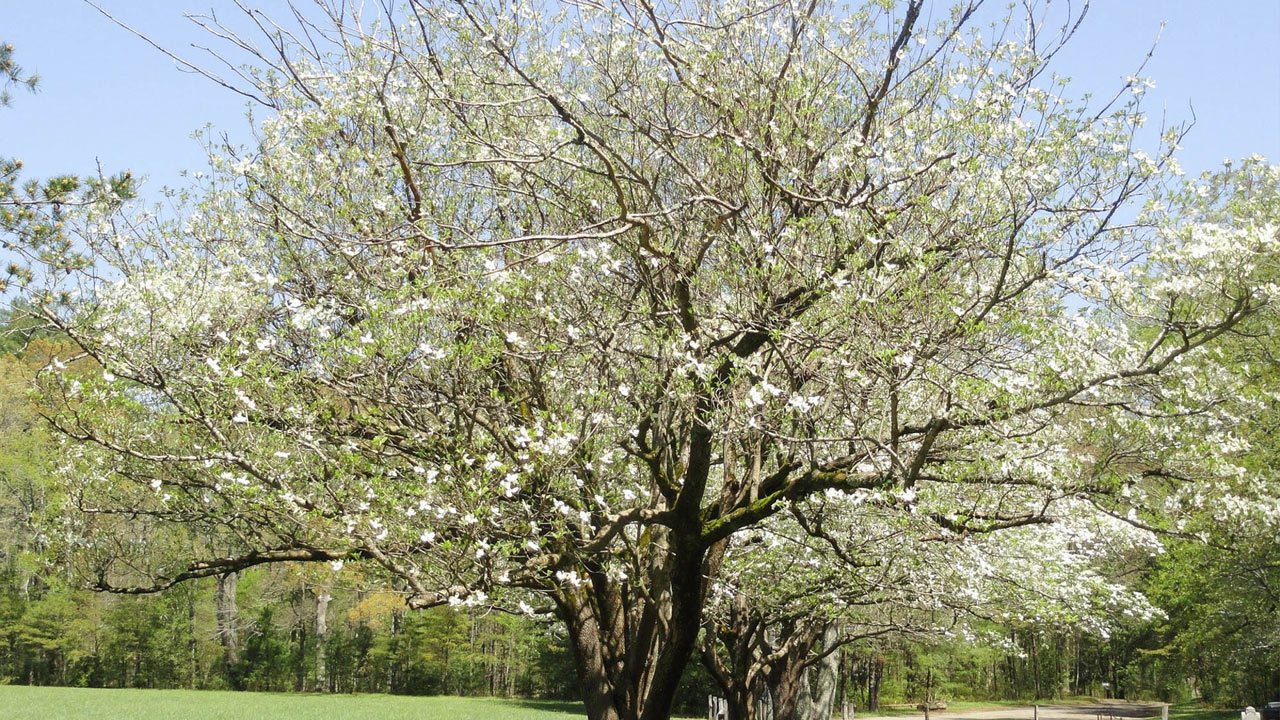
Flowering Dogwood // Cornus florida
Flowering dogwood is a regional native found naturally in eastern deciduous forests. This attractive tree grows fifteen- to thirty-feet-tall and provides three seasons of interest in the landscape. Its true flowers are tiny but surrounded by four colorful, petal-like bracts that attract bees and butterflies looking for nectar in the early spring. The foliage on most varieties turns a deep red in the fall, and birds love the bright red fruits that appear in late summer and sometimes persist all the way into winter.
Explore New Layers in Your Landscape
If it feels like something is missing from your landscape, perhaps an understory tree is just what it needs. And fall is the perfect time to plant and get a head-start on next year’s growing season. Come visit the Nursery Yard and pick out your favorite today – or if you need a little help choosing, just ask. Understory trees are some of our favorites too.


